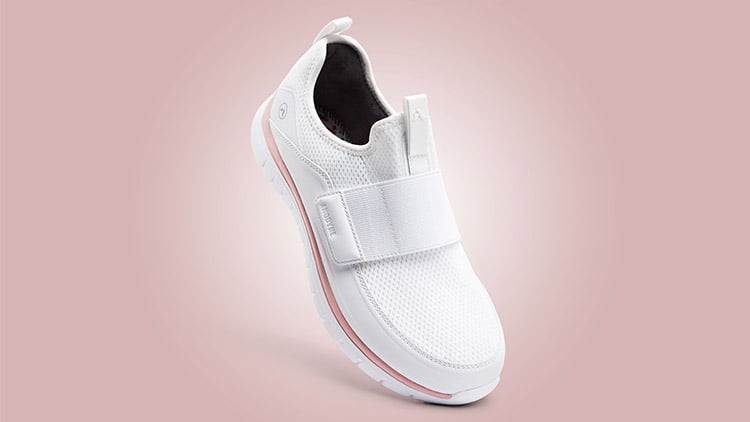
One of our most frequently asked questions is, “What are diabetic shoes and what makes a diabetic shoe different the average shoe?” Because many of us are unfamiliar with the features of a diabetic shoe, we’re going to break it down for you.
Let’s start with the definition. A diabetic shoe is “For diabetics only, fitting (including follow-up), custom preparation and supply of off-the-shelf depth-inlay shoe manufactured to accommodate multi-density insert(s), per shoe.”
In much more simple terms, diabetic shoes are specially designed shoes intended to offer protection for diabetic feet and reduce the risk of skin breakdown (primarily in cases of poor circulation), neuropathy and foot deformities. Because diabetics are at an increased risk for the listed conditions, diabetic shoes provide the following features:
- Protective Lining
- Reducing the amount of exposed seams or potential “hot spots” is vital when you are dealing with a diabetic foot. Using a lining material such as Microfiber, will not only make the inside of the shoe softer, but also reduce any potential areas of friction or sheering.
- Extra-Depth Design
- In order to accommodate the diabetic orthotics used in conjunction with Diabetic footwear, shoes need to be manufactured with more internal depth. At Anodyne, our depth is an extra 5/16th of an inch.
- Protective Toe Box
- Having protection of the toes is a must for all diabetics. Similar to the reasons for a protective lining, we need to protect the toes from everyday hazards one may encounter. Most of the time these toe boxes are made of plastic or cardboard depending on the style of shoe.
- Removable Orthotics
- These inserts are the A5512 Heat Moldable Inserts or the A5514/A5513 Custom Diabetic inserts.
- Multiple Sizes & Widths
- At a minimum, a diabetic shoe must be offered in at least 12 different sizes and 3 different widths
There are several important factors in the construction of diabetic shoes, and you can clearly see the importance of the encompassing components. If you have absolutely any additional questions, please don’t hesitate to reach out to our team.




.png?width=116&name=Anodyne_circle_1_logo%20(2).png)
